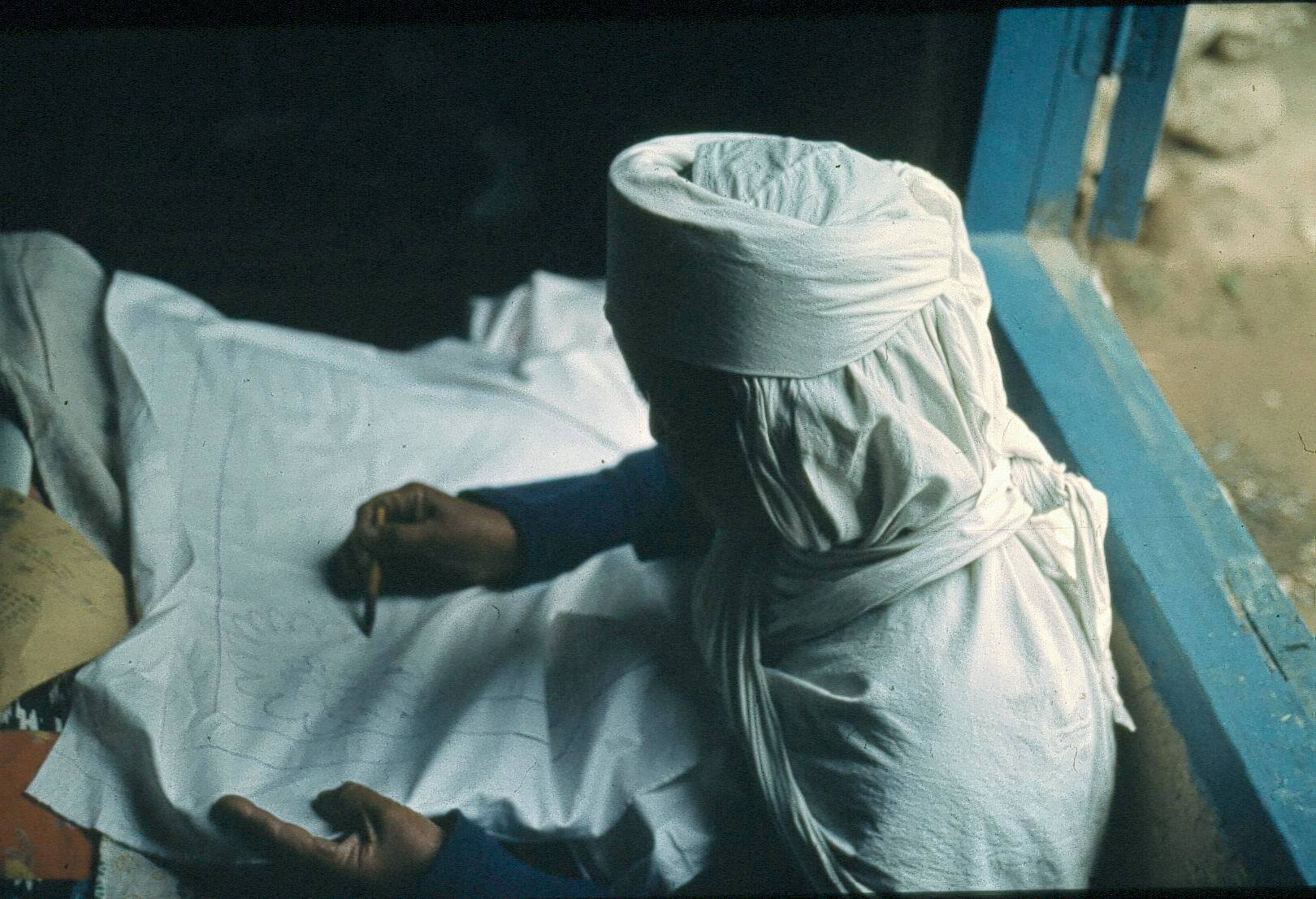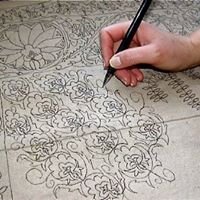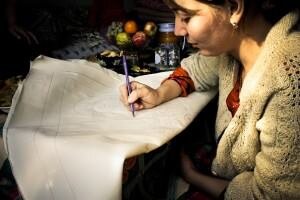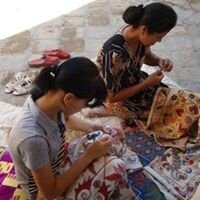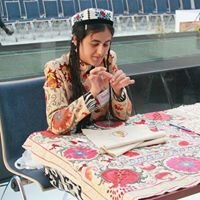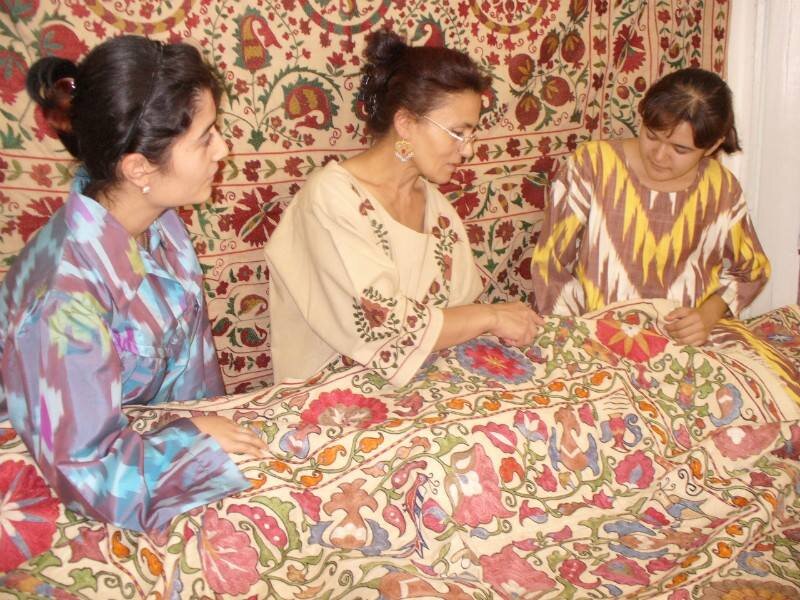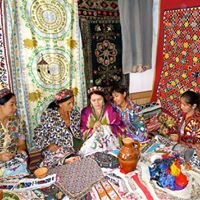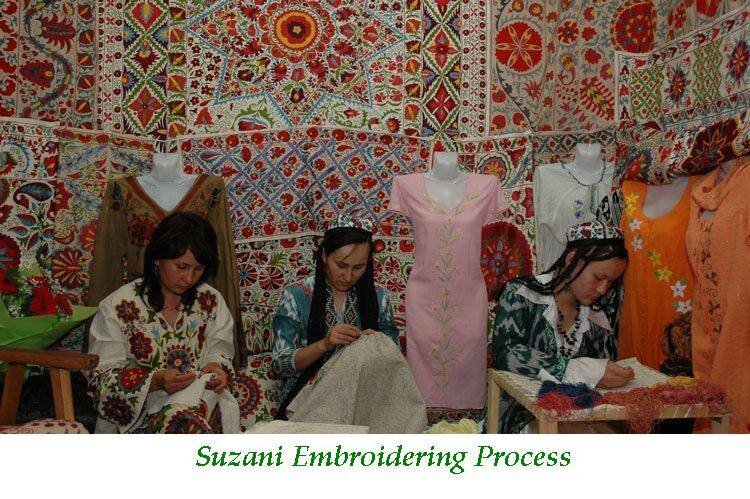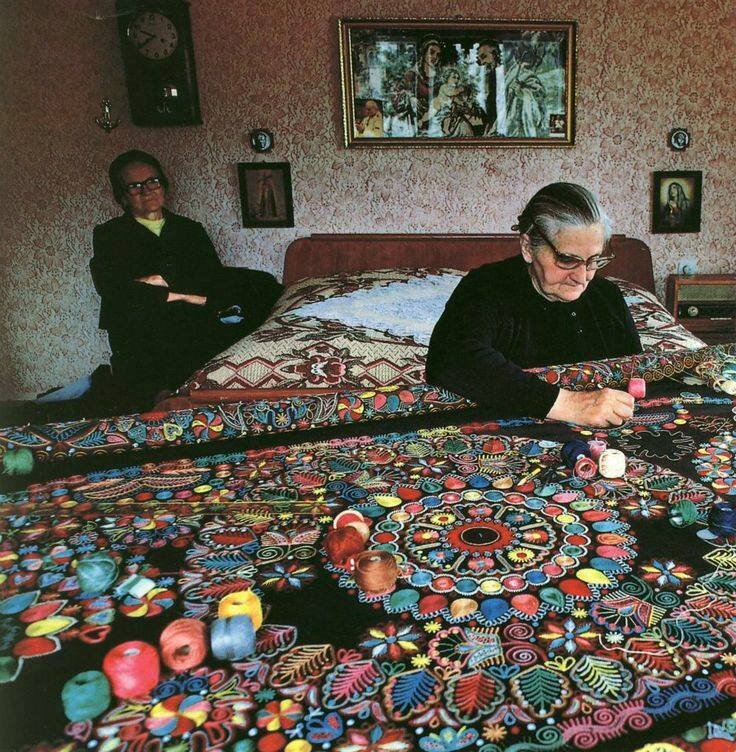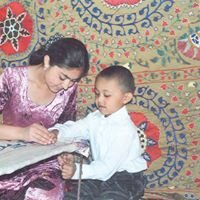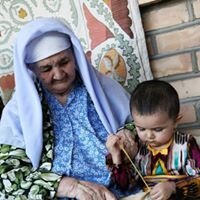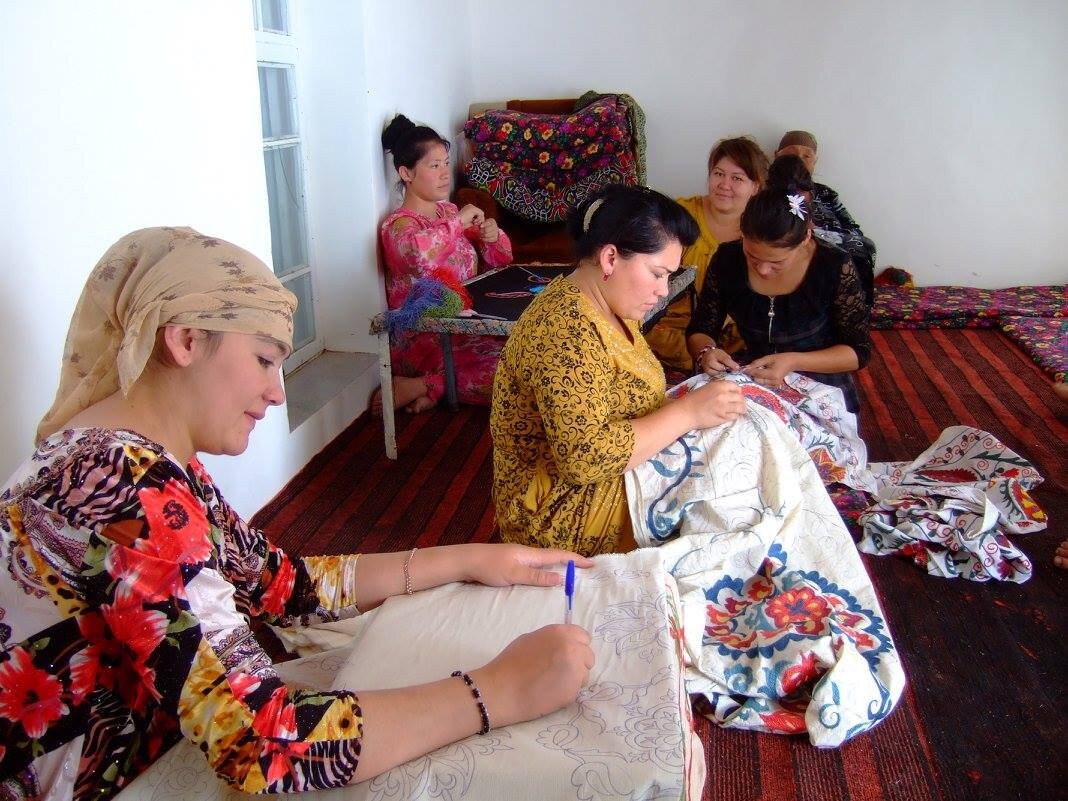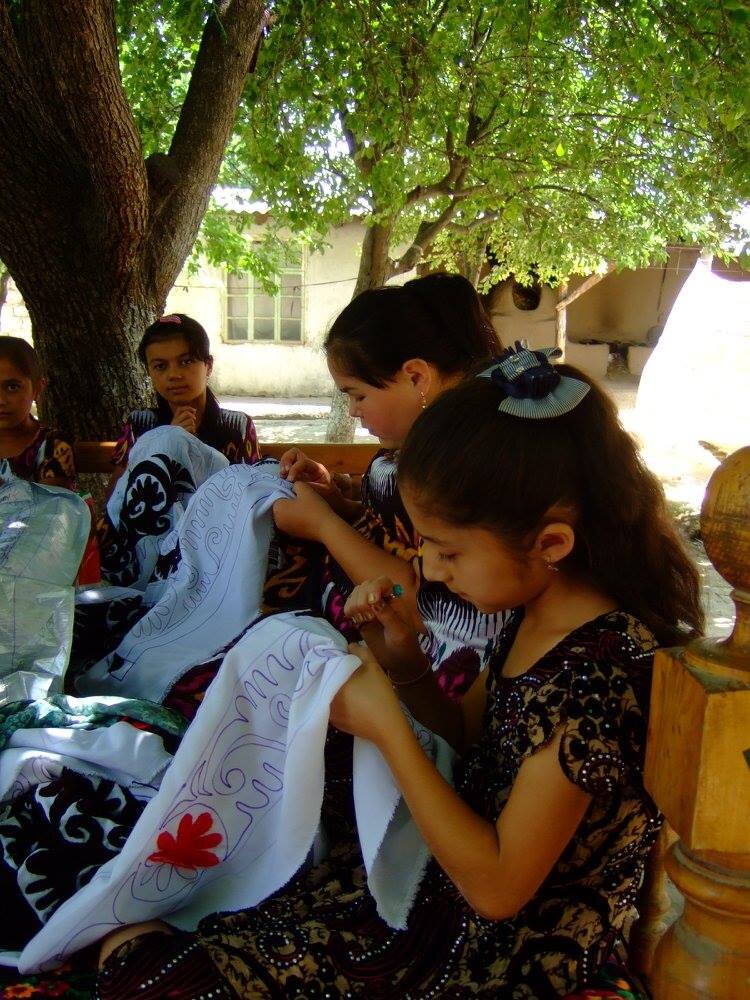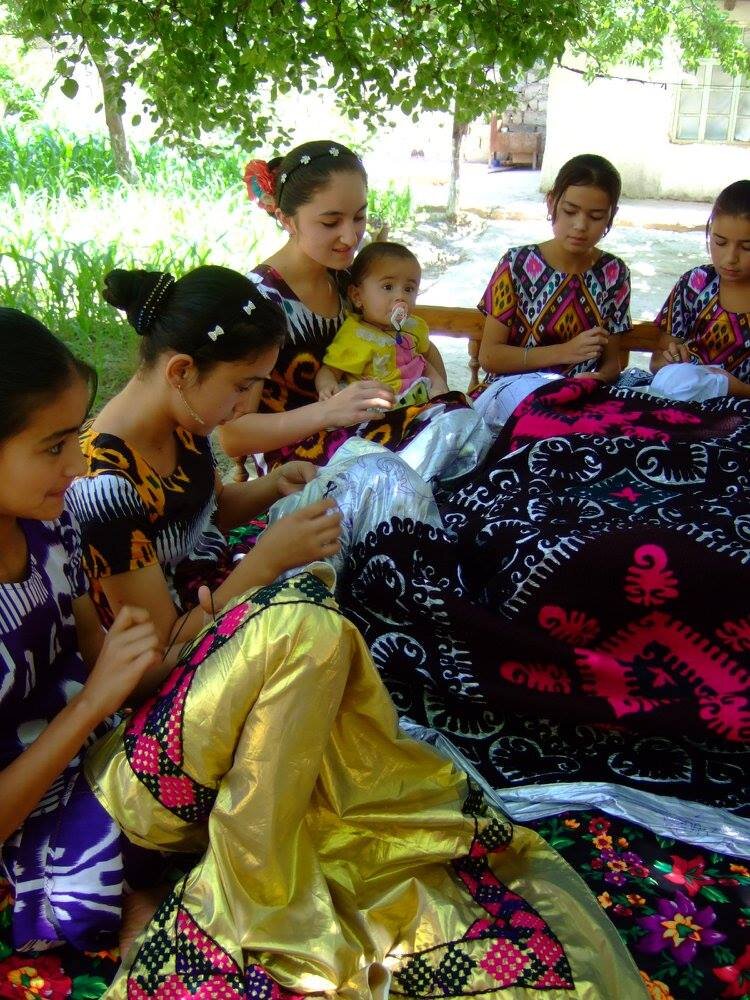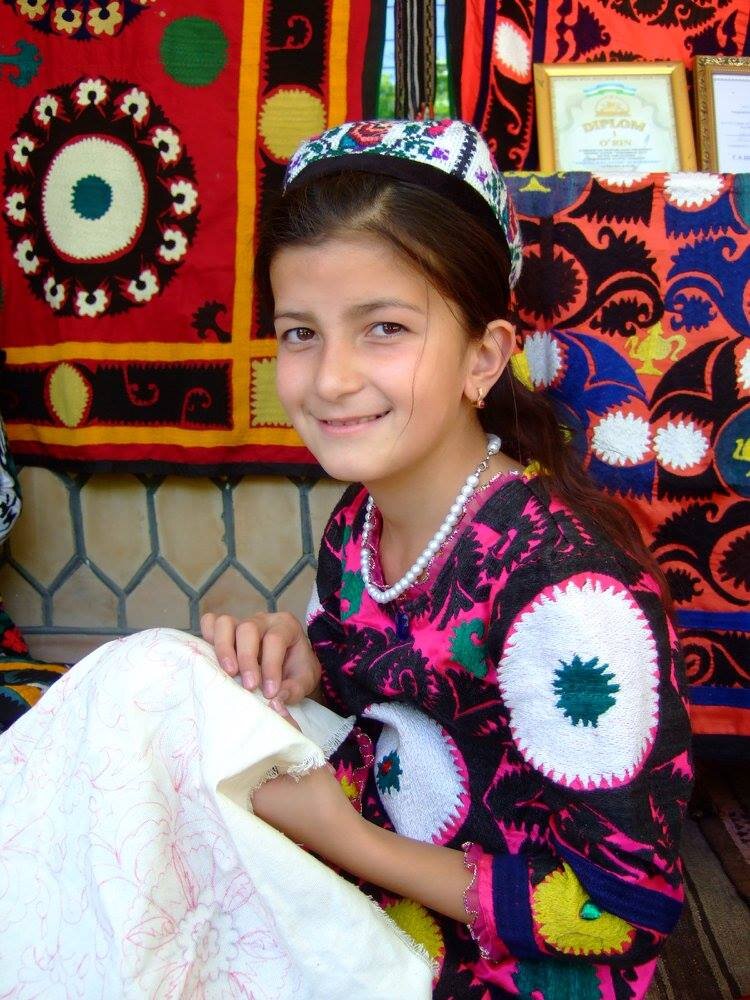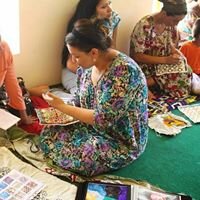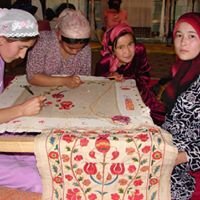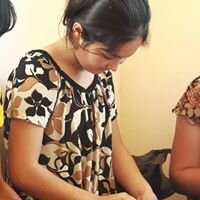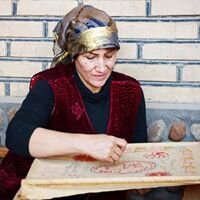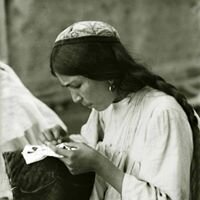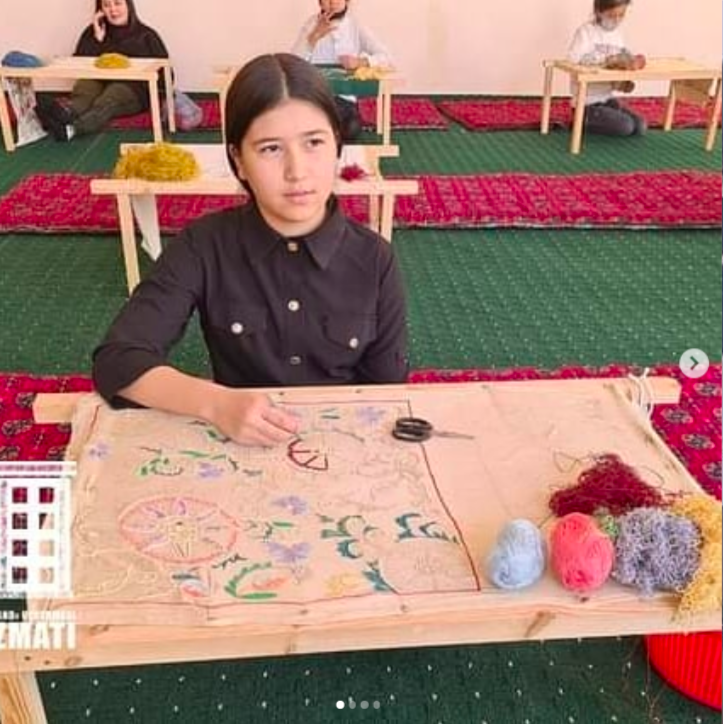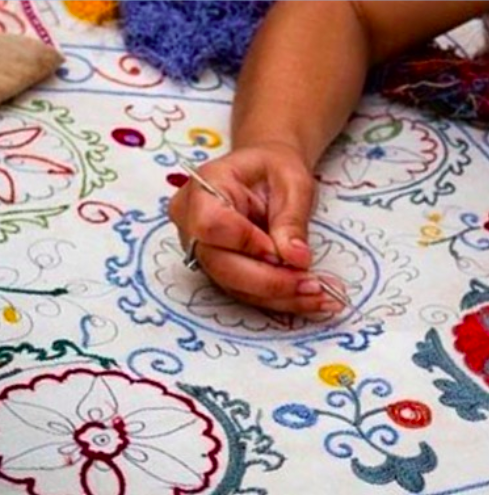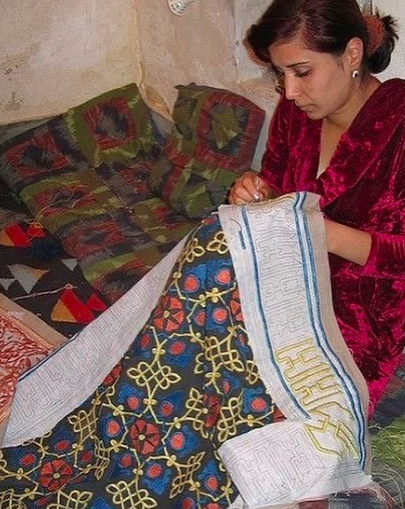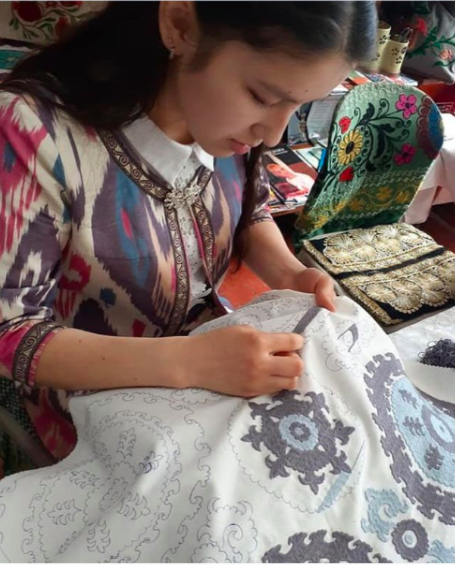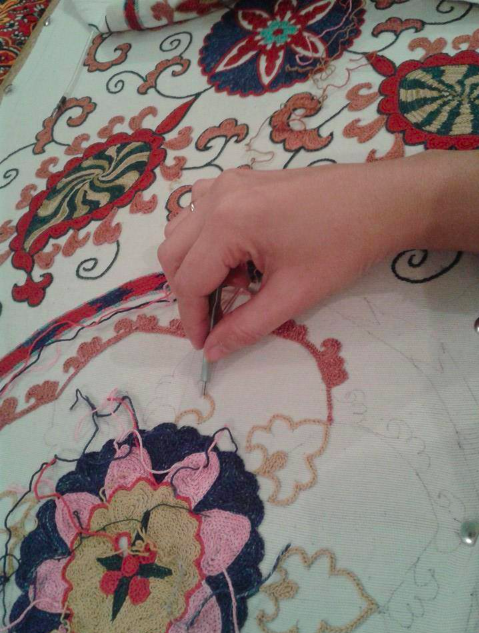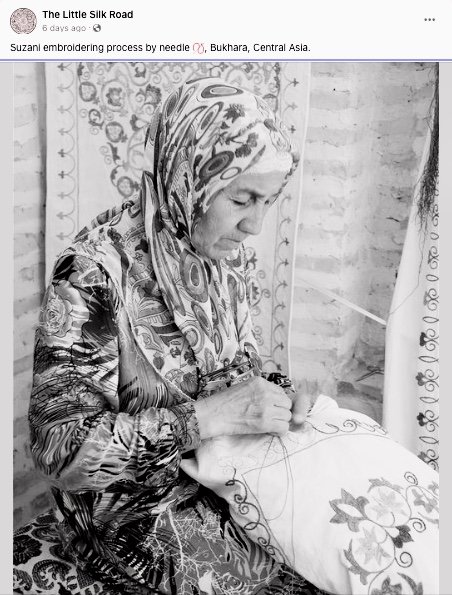Suzani embroidery is a most unique traditional craft and art still practiced by women from Central Asia.
It is a wonderful celebration that this unique craft has been brought to life again since the early 90's
During Soviet rule the traditional making of Suzani was for a long period state controlled and largely suppressed, and many of her age old secrets and techniques were lost.
The very root of Suzani creations is believed to be in the Fergana Valley and spread across Uzbekistan, Kyrgyzstan and Tajikistan, from the mists of time. The term "Suzani" is derived from the Persian word for needle and needlework "suzanikari".
Before the region fell under Soviet rule, Suzani told the enduring story of a mother's love for her daughter and the art of embroidery that endured the ages. The mother and women of the family taught the little girl from an early age to embroider beautiful handcrafted dowry pieces for her wedding day that would bring wellbeing and happiness into her future married life. She would have been taught the art and secrets of the embroidery of her family and region and then her own dowry pieces would one day be presented to her groom and his family on her wedding day. Her Suzanis would tell her new family much about her personality and embroidery skills. Her dreams for her life ahead was lovingly captured in these magical cloths as she grew up. Various dowry pieces in cotton “karboz'“ embroidered in silk would form part of the future wedding ceremony as canopies and head dresses, before they became important adornments in the wedding chamber and afterwards in the new home. The most special Suzanis were only displayed during celebration times and then be carefully folded again and stored. The home was always decorated with a wide range of embroidered works such as wall hangings, shelf covers, room dividers, door surround decorations, baby cot covers, mirror covers, kitchen tea storing bags, money bags, the options were endless.
Beautiful embroidery work was highly esteemed, and could earn women great respect in her new husband's family and in their community. Embroidery and weaving, cloth making was then the noble art of women as it had been through the centuries.
“This was one of the few areas of life where women could express their imagination and their creative capabilities…..imaginative patterns would be used to create an atmosphere of eternal beauty, a garden, paradise on earth “ In the vast Central Asian arid desert heavenly Gardens of Eden were embroidered into these Suzani dowry pieces.
The important role of Suzani through the ages was connected to the belief that magic forces were embroidered into the patterns and motifs. They carried talismanic, protective and well wishing embroidered messages during the woman’s life. It was believed that newly weds needed extra protection from the evil eye during the first 40 days of their new married life together. Each Suzani motif used brought joy, fertility, long life, prosperity, fruitfulness, good health, hospitality into the home, but also at the same time kept the evil eye at bay and warded off all evil from the home.
The work, energy, creativity and time that goes into the creating of a Suzani embroidery make them a truly "Living Art" and a "Herstory" in history.
Each Suzani drawing came to represent the image of an ideal universe, where balance and harmony and the unity of magic and beauty in everlasting beautiful nature, were most the important features. The magnificent floral designs are symbols and motifs from the ancient Persian concept of the Garden of Eden with its Tree of Life depiction of a walled garden, depicted in so many Persian silk carpets. The design elements as can be seen in the garden of the Taj Mahal is a perfect example and a model for very many Suzanis.
In every authentic Suzani, you will find a small deliberate fault or unfinished area, as a reminder that man is not without mistakes, and also expresses the dream of the mother that her daughter will be then be inspired and want to “finish” creating the Suzani and thus continue the art of Suzani embroidery.
Traditionally grandmothers passed on her family's embroidery secrets and own designs to a younger woman in her family before she died. She would be the one to draw the guidelines on the backing cloth for the young bride to be to embroider. Alternatively it was believed she would share her magical talents in a dream if she died too suddenly.
Special rituals and festivals were regularly held in honour of past revered embroiderers.
Each region have their own local very distinctive design features, but many of these have become intermingled and merged between areas. This can often make it quite difficult to identify the exact origin of some Suzanis.
Often the meanings of the more ancient inherited symbols may have been lost and forgotten, but are still being used as decorative elements in contemporary Suzani designs. They carry a powerful message to those who still understand them .
Astral and solar symbols predominate in Tashkent and in Samarkand Suzanis, and have their roots in the ancient way of life of the nomadic and settled cultures of this area. The artisans believed that using these astral patterns in their designs provided the heaven's protection, and are connected with Zoroastrianism, the Sun cult and an ancient Fertility cult. Important symbols in their pattern language were star medallions and the Sun, and the flowers and animals of the desert such as goats and snakes and wild Tulips.
Antique rural embroideries are related to the art of the nomads and carpet designs from the Ancient Steppe art.
As old cults and religions were replaced by new ones, astral symbols transformed into vegetative and floral patterns, as seen in Surkhandarya Suzanis. Often Bukhara, Nurata and Shakhrisyabz Suzanis were influenced by the professional royal court carpet and mosaic tile -designers of the Emirs and Muslim rulers. They created intricate compositions with palmettes and meandering branches, blossoming with leaves and stylised flowers and Phoenixes.
This Ancient Craft very nearly became extinct with the advance of the Industrial Revolution and machine made textiles and Suzanis. More so during Soviet rule when Suzanis were expected to reflect Soviet symbols instead of the centuries old ethnic patterns and then tragically started losing their magical charm and power.
But since Uzbekistan's independence in the 90's, Suzani is making a very proud comeback and young girls are being taught again to embroider as in days of old. The women that learned the art of embroidery again during the 90’s are the true artists of embroidery today and the creators of true Suzani Art. Suzanis are still for now being created as works of art instead of dowry pieces for traditional Uzbek brides, and earns the artist her own pride and private income.
But still there are huge threats to its survival because machine made synthetic copies of Suzani are being produced and are sold at cheap prices to tourists. This makes the true hand embroidered pieces seem too "expensive" and could result in them becoming a rarity again soon. There will no longer be the one woman embroiderer artist working and meditating over her Suzani for months and years. It will become group ventures and machine made embroideries to create “quick” results to be sold to tourists and online shops. The ever rising cost of raw silk and cotton also has a huge impact on the survival of this noble craft.
Since 2013 I have given many talks to local groups in South Africa about my journey and my own research into the world of Suzani. After 10 years I am absolutely no less passionate, but mush more so about doing what I can to help in a small way keep this Art alive and thriving.
Below is a photo of a large Nurata / Uratube Suzani, and one of the most beloved from my collection, she has been hanging in my bedroom or “Suzaniroom” for many years and I am daily amazed by all her magic. I feel she looks after me. She was made by one woman over a period of a few years, and I have heard she has since moved to Russia with her family and will not be creating this kind of Suzani in Uzbekistan again.
Women in Bukhara practicing again the art of Traditional Suzani embroidery as they have been through the ages.
I have been collecting all these images here below wherever I could find them over the years, on the internet, from my travels, simply everywhere, of women embroidering in Uzbekistan.
Artistry crosses cultures and continents; it thrives in the tiniest villages that don’t even appear on a map.
Quote from “Marasim” that I love.
My information above is a compilation taken from all the sources I have found on the internet and in available books on this topic.
Interesting links :
https://voicesoncentralasia.org/the-love-and-beauty-of-wedding-suzani-from-the-collection-of-the-russian-state-museum-of-oriental-art/








